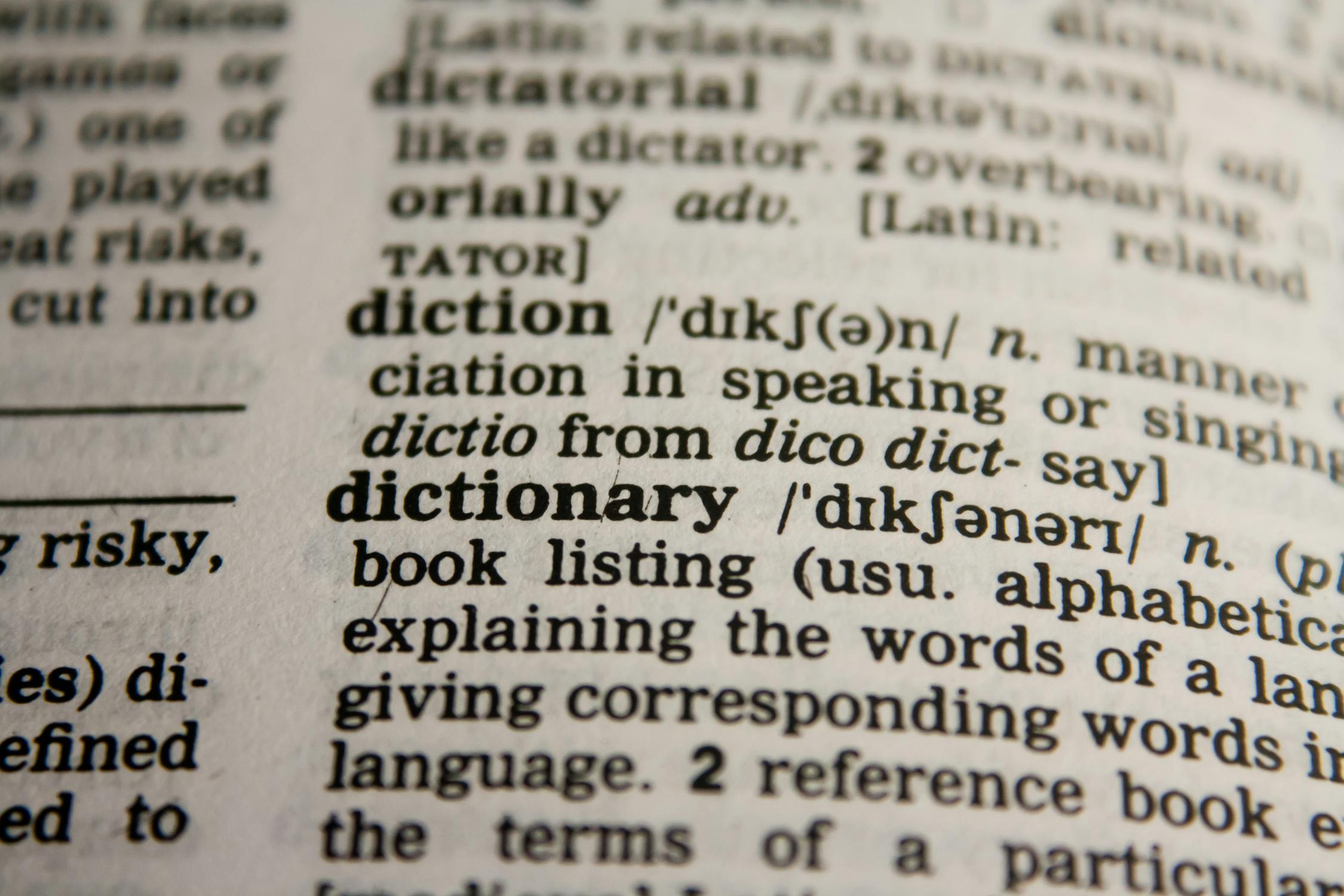Tips for Using Google Translate Effectively in Searches
Google Translate is a powerful tool for translating text between different languages. While it is often used for casual translations, it can also be highly effective when conducting searches on the internet. Knowing how to use Google Translate effectively can help you find more accurate information and broaden your search results across different languages.

Understanding Google Translate's Basic Features
Google Translate offers a variety of features that can enhance your search capabilities. One of the main functions is its ability to translate text in real-time, allowing you to quickly convert phrases and sentences from one language to another. This feature is particularly useful when searching for information in languages you are not familiar with.
Another essential feature is the ability to translate entire web pages. By entering a URL into Google Translate, you can view the translated version of the page in your preferred language. This functionality makes it easier to access information from foreign websites without needing to manually translate each section.
Additionally, Google Translate supports voice and image translation, which can be beneficial in specific contexts. For example, if you come across an image with text in a foreign language, you can use the app to translate the text directly from the image.
Tips for Effective Usage
To make the most out of Google Translate during your searches, consider these tips:
- Use Simple Language: When entering text into Google Translate, opt for simple and clear language. Complex sentences or idioms may not translate accurately, leading to misunderstandings.
- Translate Keywords First: If you're looking for specific information, start by translating keywords rather than full sentences. This approach helps in identifying relevant content more efficiently.
- Cross-Check Translations: Use multiple translation tools or consult native speakers to verify critical translations. This practice ensures accuracy and helps avoid potential misinterpretations.
For instance, if you're researching medical information, cross-referencing translations with credible sources can prevent errors and provide reliable results.
Leveraging Google Translate for Multilingual Searches
Google Translate can significantly expand your research capabilities by allowing you to search in multiple languages. To do this effectively:
1. Search in the Native Language: Conduct searches using terms in their original language. Translating your query into the target language increases the chances of finding more relevant and comprehensive results.
2. Use Regional Variations: Be aware of regional language variations. For example, Spanish spoken in Spain differs slightly from Spanish spoken in Latin America. Tailoring your search queries to these variations can yield better results.
3. Utilize Browser Extensions: Browser extensions like "Google Translate" can instantly translate web pages as you browse, making it easier to navigate foreign-language websites without interrupting your workflow.
Avoiding Common Pitfalls
While Google Translate is an excellent tool, it's essential to be aware of its limitations:
Avoid Over-Reliance: Relying solely on machine translations can lead to inaccuracies. Always verify critical information through additional sources or native speakers.
Cultural Context Matters: Translations may not always capture cultural nuances. Be mindful of context-specific meanings and idiomatic expressions that might not translate well.
Privacy Concerns: Be cautious when translating sensitive or confidential information. Machine translations involve sending data to external servers, which could pose privacy risks.
| Feature | Description |
|---|---|
| Real-Time Text Translation | Translates text instantly between languages |
| Web Page Translation | Translates entire web pages by entering the URL |
| Voice and Image Translation | Translates spoken words and text within images |
The key points discussed include understanding basic features like real-time text translation and web page translation, which enhance accessibility across languages. Tips such as using simple language and verifying translations were highlighted to improve accuracy. Leveraging regional variations and browser extensions were noted as methods to optimize multilingual searches effectively.
Avoiding common pitfalls was emphasized, particularly regarding over-reliance on machine translations and Users should remain cautious about privacy when dealing with sensitive information through machine translations. Following these guidelines can significantly improve your experience with Google Translate, making it a valuable tool for broadening your search capabilities across different languages and cultures.